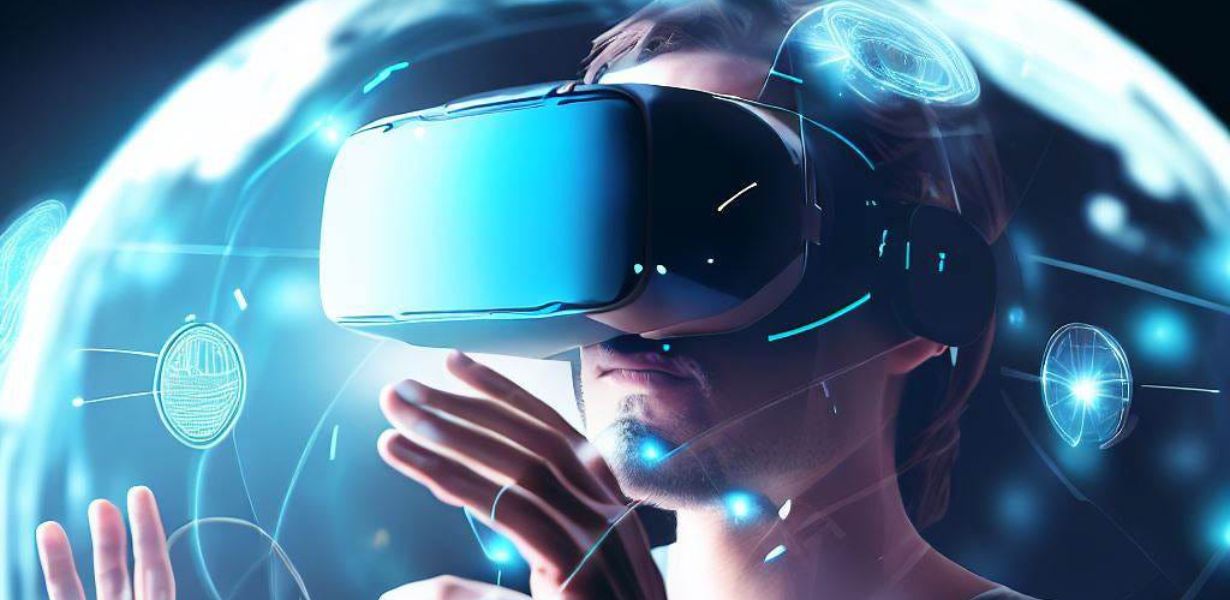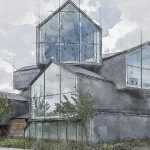
Augmented Reality in UX Design: Crafting Immersive User Experiences
- Post
- August 7, 2023
- UI/UX Design, UX Design, Web Design
- 0 Comments
As the digital landscape evolves at an astonishing pace, so does the field of User Experience (UX) design. One of the most captivating innovations in recent times is the rise of Augmented Reality (AR) in shaping immersive and engaging user experiences. This convergence of technology and design thinking has paved the way for a new era where the digital and physical worlds seamlessly intertwine. In this comprehensive exploration, we delve into the symbiotic relationship between Augmented Reality and UX Design, uncovering how this fusion is revolutionizing the way we interact with digital interfaces.
Understanding Augmented Reality and Its Transformative Impact
Augmented Reality – the synthesis of virtual elements with the real world – has transcended the confines of science fiction and positioned itself as an integral tool in the arsenal of UX designers. By overlaying computer-generated visuals onto our perception of reality, AR enhances the interaction between users and digital content. This immersive experience has profound implications across various sectors, from retail and gaming to education and healthcare.
Key Components of Augmented Reality in UX Design
The integration of AR into the UX design process is a nuanced endeavor, involving a delicate balance between creativity and technology. Visual Layering is a pivotal aspect wherein digital elements seamlessly merge with the real environment. This interaction requires meticulous attention to detail, ensuring that these elements align with the user’s surroundings.
Spatial Recognition, another crucial facet, empowers AR to understand the user’s physical context, enabling it to provide relevant information or experiences. Furthermore, the incorporation of Gestural Interfaces and Voice Commands fosters intuitive interactions, reducing the cognitive load on users.
Augmented Reality’s Role in Creating Immersive Storytelling
AR’s potential in storytelling is undeniable, transporting users into captivating narratives. This is particularly evident in the realm of marketing and advertising. Brands now have the means to craft interactive narratives that resonate deeply with their audience. By superimposing digital elements onto real-world scenarios, brands can create emotionally resonant experiences that leave a lasting impact.
Enhancing User Engagement Through Interactive Product Visualization
The synergy between AR and UX design is most pronounced in the retail sector. Traditional online shopping often falls short in providing consumers with a tactile experience. Augmented Reality bridges this gap by enabling customers to visualize products in their real-world environment before making a purchase. This Virtual Try-On experience not only enhances consumer confidence but also reduces the likelihood of returns.
Challenges and Considerations in Augmented Reality UX Design
While the possibilities of AR in UX design are exhilarating, there are challenges that demand attention. Technological Limitations, such as device compatibility and processing power, can influence the effectiveness of AR experiences. Striking a balance between visually appealing overlays and practical utility is a perpetual challenge.
The Future of Augmented Reality in UX Design
As AR technologies continue to evolve, their potential applications within UX design are boundless. From revolutionizing remote collaboration to reshaping the way we learn and train, AR is poised to leave an indelible mark on user experiences. The trajectory of this technology hints at a future where the line between the digital and physical worlds is blurred beyond recognition.
Final Words
In the dynamic landscape of UX design, Augmented Reality stands as a beacon of innovation and engagement. The harmonious interplay between real and virtual elements has given birth to immersive experiences that captivate users on a profound level. As the world embraces AR’s potential, designers are bestowed with the responsibility of harnessing this technology to create experiences that resonate, inspire, and redefine the boundaries of digital interaction.
Commonly Asked Questions
Q1: How does Augmented Reality differ from Virtual Reality in UX design?
Augmented Reality enhances the real world with digital overlays, while Virtual Reality creates entirely immersive digital environments. AR integrates virtual elements into real-world contexts, while VR transports users to wholly simulated worlds.
Q2: What industries are harnessing the power of AR in UX design?
A plethora of industries, including retail, gaming, healthcare, and education, are leveraging AR to create immersive user experiences. From interactive product visualization to medical training simulations, AR’s applications are diverse and impactful.
Q3: How does AR impact accessibility in UX design?
AR has the potential to enhance accessibility by providing real-time information and guidance in various contexts. For individuals with disabilities, AR can offer auditory cues, visual aids, and navigational assistance, thus fostering a more inclusive digital landscape.
Q4: What skills are essential for an AR-focused UX designer?
An AR-focused UX designer should possess a strong grasp of user-centered design principles, a deep understanding of AR technologies, proficiency in spatial design, and the ability to think creatively to seamlessly blend the physical and digital realms.
Q5: How can businesses get started with implementing AR in their UX design strategies?
To embark on an AR journey, businesses should start by defining clear objectives, understanding their target audience, and identifying scenarios where AR can enhance user experiences. Collaborating with experienced UX designers and AR developers is essential to ensure a successful integration of technology and design.




